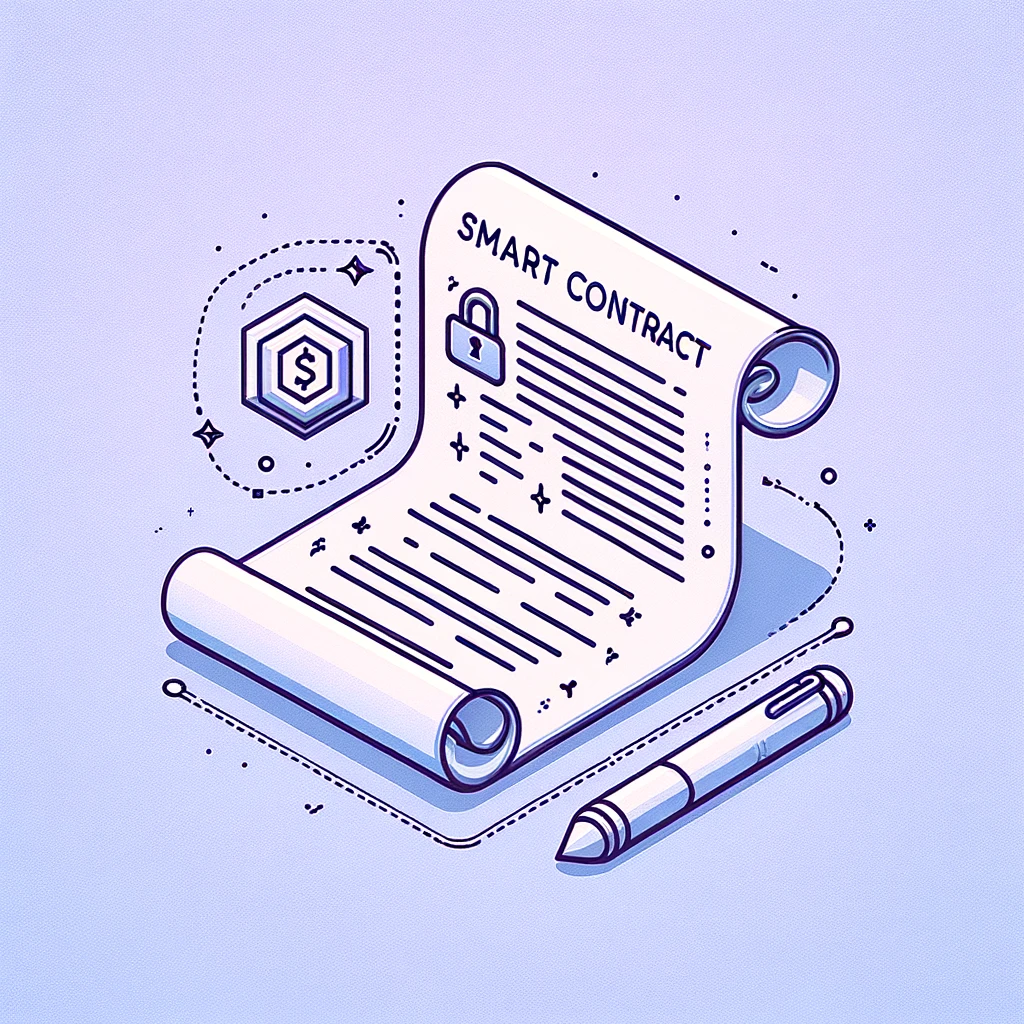The concept of a “smart contract” was proposed by Nick Szabo in 1994 and detailed in 1996. Szabo envisioned a system in which transactions and agreements could be executed automatically, without intermediaries, using cryptographically secure protocols
Today, smart contracts have revolutionized the way digital transactions are conducted and agreements are executed in distributed and decentralized environments. While Ethereum is widely credited with popularizing this technology, it is important to note that they can be executed in a variety of environments, not just on the blockchain.
Here’s a guide to understanding why we need to use, how they work, the challenges they present, and applications in distributed and decentralized environments such as the blockchain.
The need for trust in traditional contracts
One of the main difficulties with traditional contracts is the need to trust that the parties involved will honor their agreements. The following is a simple scenario:
Suppose Anna and Charles agree to make an exchange: Anna sells her bicycle to Charles for $200. They both sign a contract outlining the terms of the agreement. Anna delivers the bicycle to Charles, but when it is time to pay, Charles refuses to transfer the money, claiming that the bicycle is not in the condition he expected.
This example reflects the vulnerability of traditional contracts to lack of enforcement and the need to rely on the goodwill and honesty of the parties involved. Although Ana fulfilled her part of the agreement by delivering the bicycle, the lack of an automatic enforcement mechanism leaves both parties open to disputes and possible non-compliance.
What are smart contracts?
Smart contracts are computer programs designed to automatically execute and enforce specific terms of an agreement when certain pre-defined conditions are met. These contracts are designed to operate in distributed and decentralized environments and are generally designed to be deterministic, guaranteeing consistency no matter how many times the contract is executed, always under the same initial conditions.

In other words, these contracts automate the execution of agreements by guaranteeing that when certain pre-defined conditions are met, the appropriate action is triggered automatically, without the need for human intervention or intermediaries.
Programming and deployment
Once the smart contract has been programmed, it is necessary to “deploy” it on the chosen platform, such as Ethereum, Tezos, Radix, among others. This process involves the creation of a special transaction containing the code of the contract programmed in the language accepted by the platform. Once this transaction has been validated by the network, the contract is considered active and ready to be used according to its specifications.
Generally, except in some cases, from that moment on, the contract is immutable, cannot be modified and is distributed, i.e. copies of it exist in several nodes of the network.
Activation and automatic execution
A smart contract’s operation begins with activation. When “invoked”, the contract automatically executes its code. The various functions of a contract include:
- Performing calculations: Contracts can perform complex mathematical operations and make logical decisions based on input received.
- Process transactions: They can send and receive assets, create new tokens, and perform other financial operations.
- Interact with other contracts: A smart contract can invoke another contract within the same network, allowing different contracts to work together to perform more complex tasks.
Applications and benefits
Smart contracts enable the creation of decentralized applications (dApps) ranging from decentralized finance (DeFi) and decentralized organizations (DAO) to voting, provisioning and digital identity management systems.
One of the key benefits of smart contracts is their transparency; all contract details are visible and accessible to all parties involved. This not only increases trust, but also eliminates the need for intermediaries, reducing costs and execution times.
Smart contracts are inherently resistant to censorship and third-party intervention, providing a secure, flexible and reliable environment for executing agreements.
Challenges and limitation
Despite their many benefits, smart contracts face significant challenges, this may include:
- Immutability: Once a smart contract is activated, it cannot be modified, which complicates error correction once deployed.
- Need for oracles: To interact with real-world data, smart contracts need oracles, but these can be points of vulnerability if not managed correctly.
- Security and scalability: Bugs in the code can be exploited by attackers, and the growing use of dApps can lead to scalability issues in blockchain platforms.
One of the most prominent events that illustrates these challenges is the infamous Ethereum DAO hack in 2016, which we discussed in our Ethereum article. This episode underscored the importance of proactively addressing the risks associated with smart contracts, and implementing robust security measures to protect digital assets and ensure transaction integrity.
Conclusion
Smart contracts are a powerful tool for automating agreements and transactions in a secure, decentralized, transparent and efficient environment.
As the technology evolves, it is critical to address the inherent challenges in order to maximize its potential. With the continued advancement of the technology and the development of better security and scalability tools, the future of smart contracts remains promising and their adoption and use cases are likely to expand to many other industries.
Want to learn more about blockchain technology? Don’t miss these resources!
- Consensus algorithms in blockchain technology
- Exploring the world of Decentralized Finance (DeFi)
- NFT: The single digital asset revolution
- Oracles: The cornerstone of smart contracts
At Block&Capital, experts in IT recruitment in Spain, the UK, the USA, and Andorra, we connect companies with exceptional tech talent. Our mission is to create opportunities where growth and success are within everyone’s reach. Contact us today to find the right IT talent for your company.
Last posts





